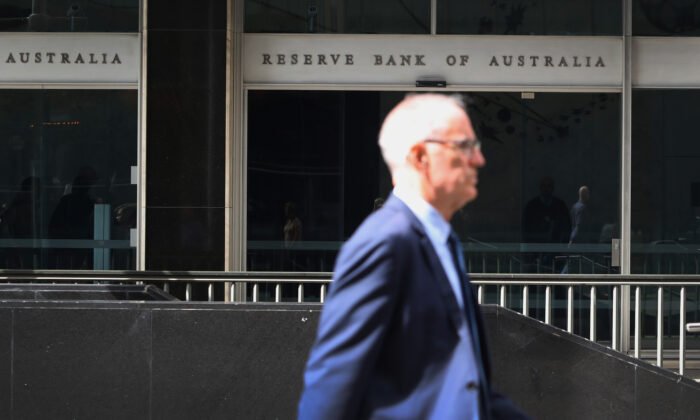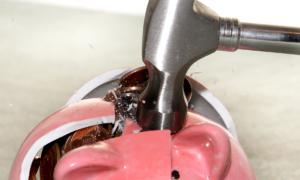RBA Keeps Cash Rate Unchanged at 4.35 Percent
Some households are struggling to service their debts and meet essential expenses.
The Reserve Bank of Australia (RBA) has chosen to keep the current cash rate at 4.35 percent, based on the minutes of its March 18 to 19 board meeting.
The decision to halt rate hikes by the RBA is influenced by factors such as GDP growth below historical trends and population growth, a steady reduction in inflation in recent months, and minimal changes in Australia’s financial conditions.
Board members also acknowledged the challenges faced by certain households in managing debts and essential expenses.
“In particular, members noted that inflation has been high but is gradually returning to target, and the labor market is moving towards conditions consistent with full employment,” the minutes stated.
“Members agreed that maintaining the current cash rate target at this meeting is the best approach to support the Board’s strategy of gradually bringing inflation back to target and the labor market to full employment.”
RBA Changes Reserves System
On the same day, RBA Assistant Governor Christopher Kent announced that the central bank is preparing to oversee the liquidity needed to sustain the financial system, particularly as many bonds purchased during the pandemic are reaching maturity.
The RBA is transitioning its reserve system to align with the Bank of England, the European Central Bank, and the Swedish Riksbank.
Currently, the RBA operates on a floor system with excess reserves, where banks receive a rate for funds left in their Exchange Settlement (ES) accounts.
Mr. Kent mentioned that ES balances have been decreasing since February 2023 due to maturing bonds and the repayment of the Term Funding Facility’s initial tranche by September 2023.
“ES balances will further decline when the remaining $96 billion of the TFF is repaid by the middle of this year, and as the RBA’s bond portfolio continues to decrease,” Mr. Kent explained.
“The board has decided against maintaining the current floor system with excess reserves. One reason is that it would require the RBA to hold a considerable buffer of reserves above demand, necessitating a relatively large balance sheet on an ongoing basis.”
Mr. Kent also highlighted that the board does not want the RBA to revert to a scarce reserves system as it poses the highest risk of the banking system encountering liquidity shortages.
“An ample reserves system also reduces the risk of unnecessary volatility or disruption in money markets,” Mr. Kent added.
He emphasized that it would also be more resilient to future expansion in the RBA’s balance sheet, for example, in situations where there is a need to address extreme stresses in bond markets, such as at the beginning of the pandemic.
“With the supply of reserves just enough to meet demand, the RBA’s balance sheet will be no larger than necessary to implement monetary policy, and our presence in financial markets will be smaller compared to an excess reserves system,” he concluded.






